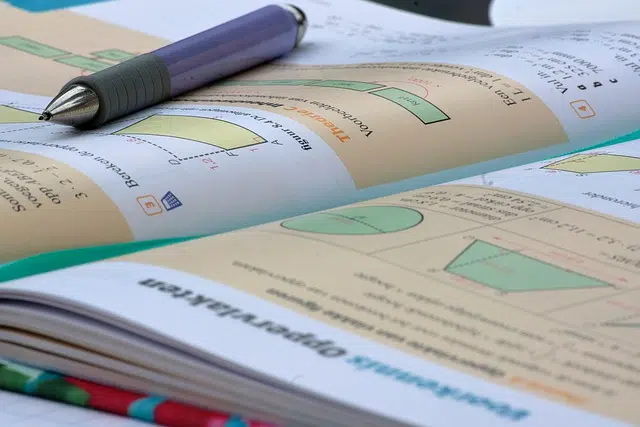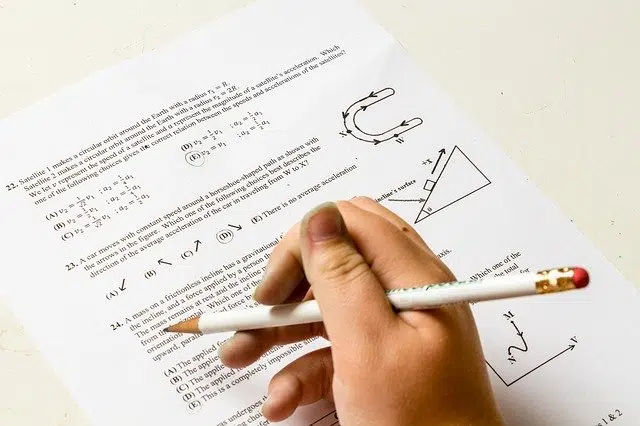
Solving mathematical problems requires following a series of steps.
A mathematical problem is an unknown about a certain mathematical entity that must be solved from another entity of the same type that must be discovered. To solve a problem of this kind, certain steps must be completed to reach the answer and serve as a demonstration of the reasoning.
In other words, a mathematical problem poses a question and establishes certain conditions, after which a number or other type of mathematical entity must be found that, complying with the established conditions, makes the resolution of the unknown possible.
Math problem example
Let's look at a simple example of a mathematical problem:
A car traveling at a constant speed of 80 kilometers per hour passes through city X and, ninety minutes later, arrives at city Y. How far apart are the two cities?
This mathematical problem offers us several data . On the one hand, we know that the car moves at a speed of 80 kilometers per hour , which means that it travels 80 kilometers every sixty minutes . On the other hand, the statement informs that the vehicle takes ninety minutes to travel between city X and city Y.
If we take this data to mathematical statements:
60 minutes = 80 kilometers
90 minutes = x kilometers
(80 x 90) / 60 = 120
City X and city Y are therefore 120 kilometers apart.
As you can see, in this case we are faced with a simple mathematical problem that can be solved with the so-called simple rule of three . This rule can be used to solve a proportionality problem in which three values are known and the fourth must be found.

The study of mathematical problems is usually part of homework or homework.
Unknowns that are difficult to resolve
Far from the statements that we have all had to face in our student years, there are mathematical problems that have not been solved for centuries , because they are based on questions that are too complex or require verifications that are very difficult to carry out. We find a clear example of this in the work of Johannes Kepler, a very important German mathematician and astronomer born in the 16th century, who proposed more than 400 years ago that the most efficient way to stack spherical objects was by building a pyramid.
Although it is a seemingly simple problem, or less complex than some equations loaded with variables that keep many number lovers up at night, to give it approval it was necessary to carry out tests with many spheres and compare the solution of Kepler with other alternatives. For this reason, it was only at the end of 2014 that the mathematical community was satisfied by subjecting this mathematical problem to deep scrutiny, both in a practical and tangible way and through two computer programs developed specifically for this purpose; the verdict : Kepler was right.
Math problems and lateral thinking
On the other hand, it is important to point out that the way in which we are taught to understand mathematics is usually very limited, since it is based on internalizing a series of data and looking for a single answer based on them, applying the theory that we have learned. so far. Little is taught to children about lateral thinking and the advantages of going with intuition when solving a mathematical problem.
Lateral thinking can be understood as a technique based on the use of creativity to find a solution to a problem . Although it is usually presented hand in hand with logic, mathematics greatly benefits from this way of thinking, especially when the complexity is such that scientists encounter a wall that is seemingly impossible to break down .
